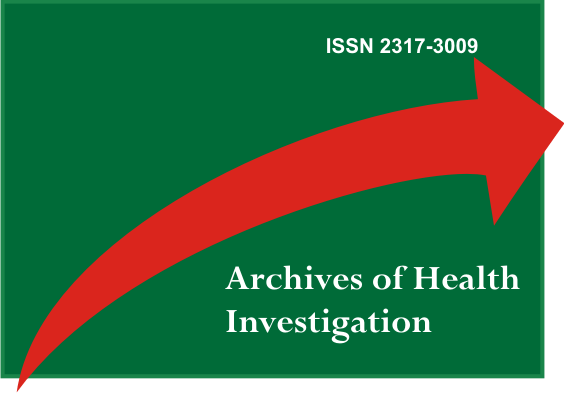Z-oo8 - Involvement of nitric oxide and oxidative stress in modulation of blood pressure hypertensive pregnant rats
Resumen
Oxidative stress (OS) has taken a central role in the pathophysiology of hypertensive complications, including during pregnancy, either by direct action on the vasculature, or by reducing the bioavailability of vasoactive mediators such as nitric oxide (NO). Thus, the aim of our study was to evaluate the role of NO and the EO in blood pressure modulation of hypertensive pregnant rats. To develop this, the mean arterial pressure (MAP) in spontaneously hypertensive rats (SHR) in estrus (E) and pregnant (P) - 20th day of pregnancy, were recorded. We used a pressure transducer and 7 LabChart software (ADInstruments) attached to the intra-arterial cannula for measurements at baseline and under the effect of intravenous drugs: Tempol (30mg/kg) - antioxidant and L-NAME (10 mg / kg) - inhibiting the enzyme endothelial nitric oxide synthase (eNOS). Our results showed that the baseline values of P SHR rats was lower than SHR E (111.81 ± 1.30, 160.14 ± 2.94 - mmHg, N = 5). MAP after using Tempol was lower in SHR E (137.19 ± 1.41 mmHg, N = 5) compared to baseline, as in SHR P, the use of Tempol did not alter MAP (100.62 mmHg ± 2.72, N = 5). There was an increase in MAP after using L-name, in SHR E (188.20 ± 1.08 mmHg, N = 5), as well as in SHR P (152.51 ± 3.35), but in this group the delta was higher. We conclude that the observed decrease in MAP in SHR P is dependent on the modulation due to the bioavailability of NO and decrease the formation of reactive oxygen species.Financial Support: FAPESP
thataa.costa16@hotmail.com
Descargas
Descargas
Publicado
2013-12-19
Cómo citar
Costa, T., Alves, G., Zancheta, D., Souza, G., & Antoniali, C. (2013). Z-oo8 - Involvement of nitric oxide and oxidative stress in modulation of blood pressure hypertensive pregnant rats. ARCHIVES OF HEALTH INVESTIGATION, 2. Recuperado a partir de https://archhealthinvestigation.com.br/ARCHI/article/view/322
Número
Sección
Conteúdo


